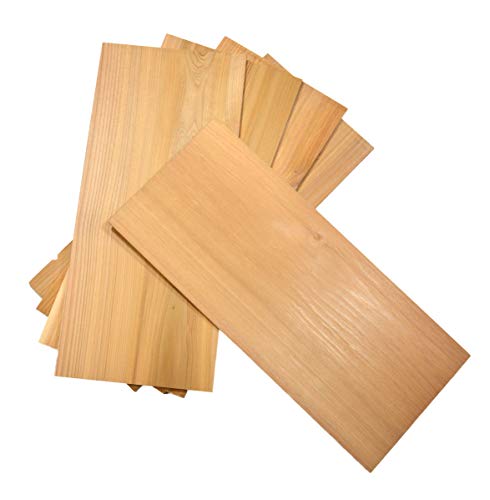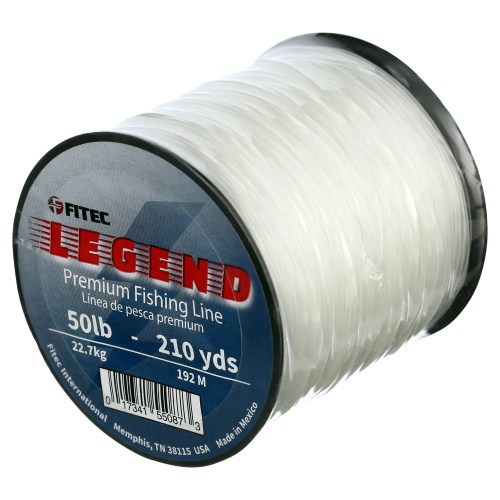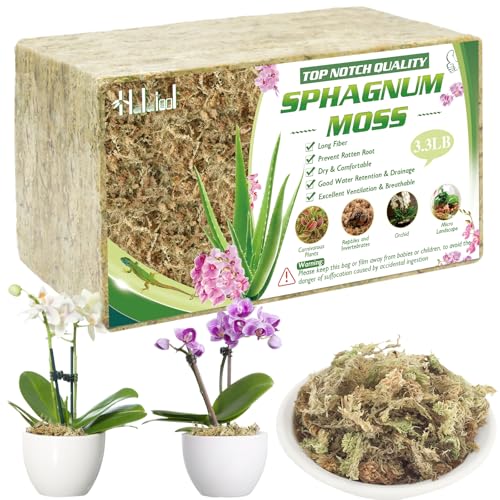How to propagate staghorn ferns – 2 of the easiest ways to grow more of these striking houseplants for free
Whether you choose to divide or take cuttings from your staghorn fern, you can multiply this indoor plant quickly

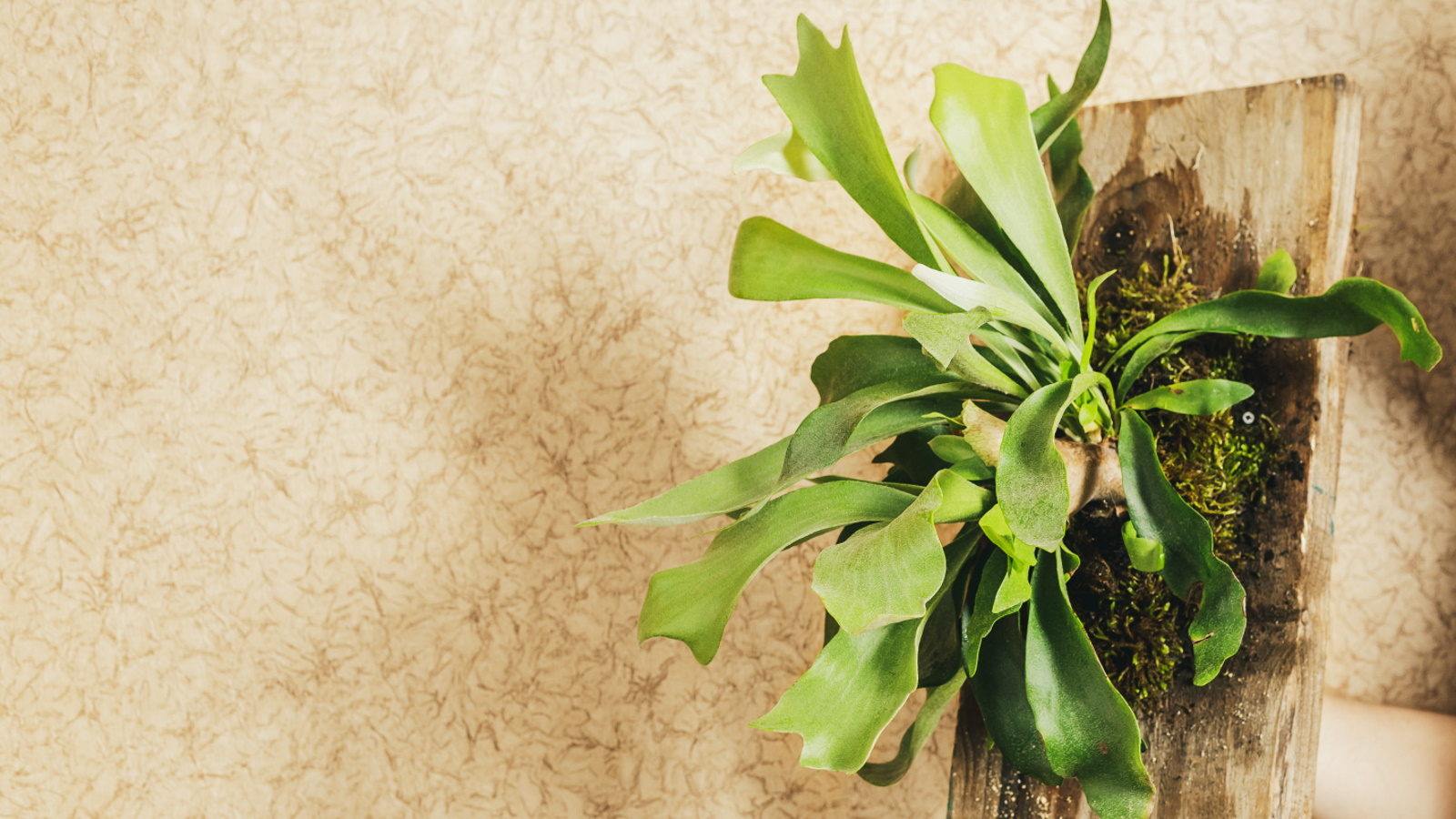
I'm always on the hunt for unique houseplants to add to my growing collection and staghorn ferns certainly make the cut. These epiphytic plants grow on the bark of trees in their natural habitat and can be mounted to wooden boards as houseplants.
Staghorn ferns are among the best ferns to grow indoors for this reason. Once you have one in your home, you simply can't get enough of the forked, antler-shaped fronds. The good news for houseplant lovers is these ferns are easy to propagate.
There are a couple of ways to multiply your staghorn fern, but each method is quick and will soon leave you with more of these unusual houseplants to care for. Here's everything you need to know about how to propagate staghorn ferns.
How to propagate staghorn ferns from cuttings

Although staghorn ferns aren't among the easiest houseplants to grow from cuttings, it is possible to successfully take cuttings from your staghorn fern to propagate.
A common plant cutting mistake is not taking the cutting from the right place. For staghorn ferns, this is especially particular as you can't just take a cutting of a frond.
'Take cuttings by locating little pups around the plant which are offshoots from the main plant,' says Julie Bawden-Davis, indoor plant expert at Healthy Houseplants.
Just like propagating spider plants, staghorn ferns produce baby plants known as offshoots, or pups. These can be identified as smaller shoots growing from the base of the plant.
Design expertise in your inbox – from inspiring decorating ideas and beautiful celebrity homes to practical gardening advice and shopping round-ups.
This is where you want to take essential gardening tools like these gardening scissors from Amazon and gently remove the pup from the base of the offshoot. It's important to ensure each offshoot has its own root system.
The epiphytic nature of staghorn ferns means that it isn't necessary to plant your staghorn fern cuttings in soil or water, like typical propagation. Instead, mount it to a new piece of wood or another mount - like these cedar planks from Walmart.
You can mount your staghorn fern cuttings by first placing the roots on moss and soaking it. Peat or sphagnum moss is an important element here as it holds onto moisture and slowly releases it to the staghorn ferns' roots. An eco-friendly peat moss alternative is coconut coir.
Then use something like this fishing line from Walmart to attach the moss ball and cutting to the mount. Over time, the fern's roots will grow and attach to the mount.
To encourage root growth, keep your staghorn fern somewhere bright and keep the roots at a consistent moisture level by soaking the mount, ensuring the moss becomes sufficiently wet. Or, you can spray the moss and roots directly.

Julie Bawden-Davis is a garden author and University of California Certified Master Gardener, who has written several gardening books, including Indoor Gardening The Organic Way. In addition to running HealthyHouseplants.com, she shares indoor gardening advice on her YouTube channel @HealthyHouseplants.
How to propagate staghorn ferns by division
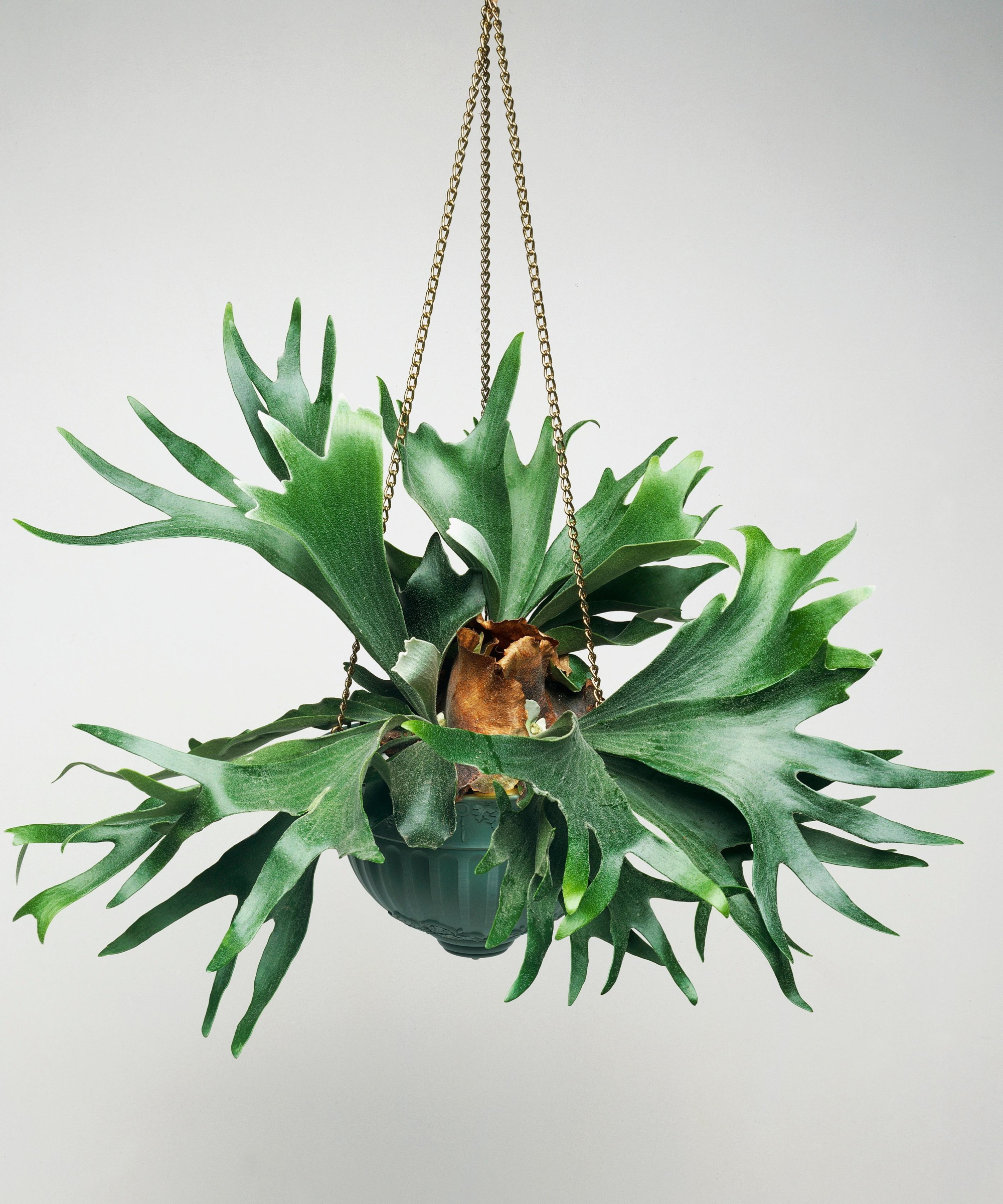
Propagating your staghorn fern by division is a slightly different method that has the same result. For this, you will need a sharp tool like a trowel or garden knife - like this hori-hori knife available at Amazon.
'Cut the plant with a knife ensuring that there are fronds and roots on each new section,' says Julie.
If you haven't divided plants before, the important thing to know is that each division needs a robust root system and a few shoots that will allow it to continue growing.
You can once again mount each staghorn fern division to enable them to establish as new plants. 'You then soak sphagnum moss and place it on a piece of wood for mounting, then attach the divisions to the wood with wire or rope,' explains Julie.
It's worth noting that it is possible to grow staghorn ferns in pots, too. The best potting soil for this houseplant is sphagnum moss and orchid bark.
Provide your staghorn fern divisions with plenty of bright, indirect light and moisture to encourage the roots to develop and attach to the mount. These ferns are prone to leaf scorch, so avoid a spot where it will be exposed to direct sunlight.
Staghorn fern propagation kit
FAQs
Can you grow staghorn ferns in water?
While it is possible to grow some houseplants without soil, it isn't common to grow a staghorn fern in water. This is largely due to their epiphytic nature which requires their roots to have access to the air. In fact, too much water can even rot the base of a staghorn fern. Typically, these houseplants are grown mounted on a plank or alternative mount. This replicates how they naturally grow on the bark of trees.
There are a few things you can do to speed up houseplant propagation and encourage your new staghorn fern plants to establish their roots more quickly. This includes keeping each plant somewhere warm, bright and not allowing it to dry out. Soon enough, you'll have multiple new staghorn ferns to enjoy in your home.

Tenielle is a Gardens Content Editor at Homes & Gardens. She holds a qualification in MA Magazine Journalism and has over six years of journalistic experience. Before coming to Homes & Gardens, Tenielle was in the editorial department at the Royal Horticultural Society and worked on The Garden magazine. As our in-house houseplant expert, Tenielle writes on a range of solutions to houseplant problems, as well as other 'how to' guides, inspiring garden projects, and the latest gardening news. When she isn't writing, Tenielle can be found propagating her ever-growing collection of indoor plants, helping others overcome common houseplant pests and diseases, volunteering at a local gardening club, and attending gardening workshops, like a composting masterclass.
